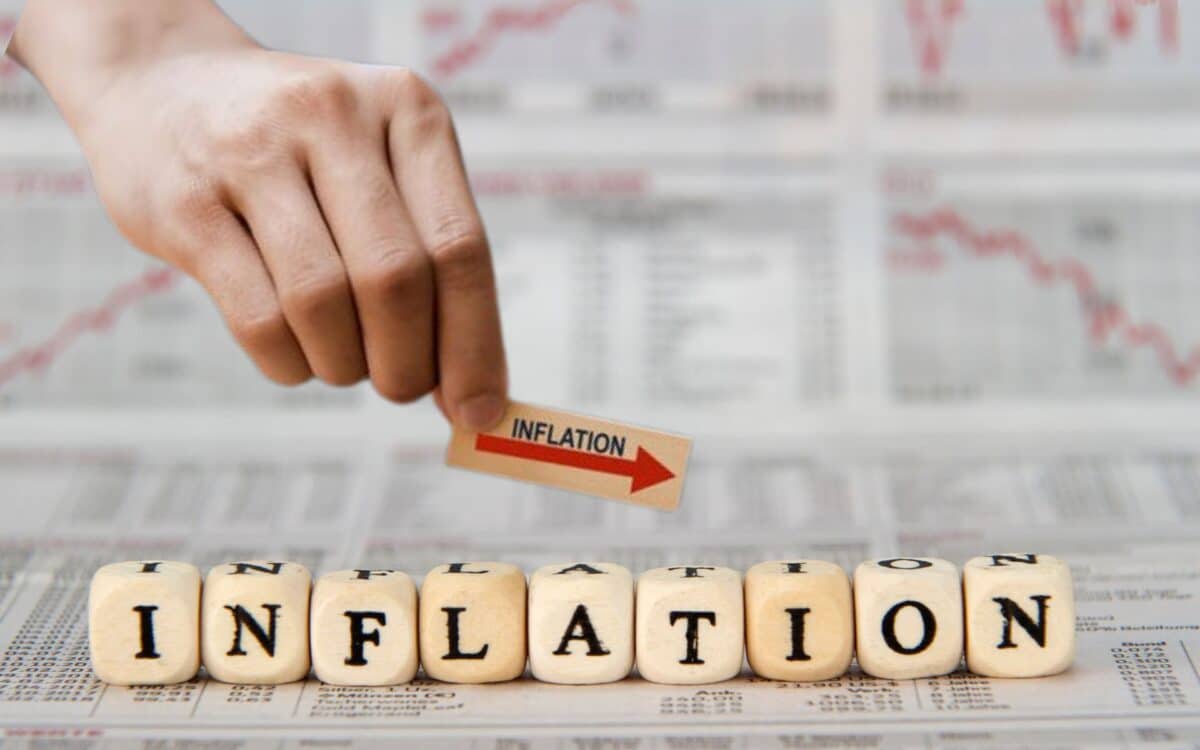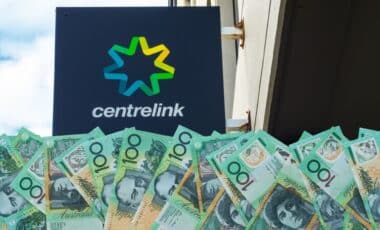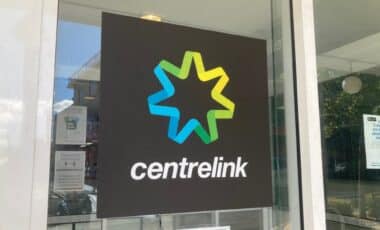Australia’s underlying inflation rate has fallen to 3.2%, its lowest level in three years, fueling expectations that the Reserve Bank of Australia (RBA) may reduce interest rates in the coming months. While this decline signals progress in curbing inflation, concerns remain about its impact on the cost of living and broader economic conditions.
Inflation Decline and Potential Interest Rate Cut
According to data from the Australian Bureau of Statistics (ABS), the consumer price index (CPI), which includes government-rebated electricity prices, decreased to 2.4%, down from 2.8% in the previous quarter. The RBA’s preferred inflation measure, which excludes volatile price swings, also dropped from 3.5% to 3.2%.
Economists suggest that this decline strengthens the case for an interest rate cut as early as next month. Financial markets have already priced in an 84% probability of a 0.25 percentage point cut, which would provide relief to mortgage holders and consumers affected by high borrowing costs.
Key Takeaways from the Latest Inflation Data :
- Underlying inflation dropped to 3.2%, its lowest since 2021.
- The headline CPI fell to 2.4%, helped by lower electricity and fuel costs.
- Economists predict a high probability of an RBA rate cut in the coming months.
- The current cash rate of 4.35% could be lowered as soon as next month.
Cost of Living Pressures Persist Despite Easing Inflation
Despite the drop in the Inflation Rate, households continue to feel financial strain. Shadow Trade and Tourism Minister Kevin Hogan emphasized that while inflation figures are improving, the cost of goods and services continues to rise. Many Australian families still struggle with higher grocery bills, housing costs, and energy prices, highlighting the ongoing challenges associated with the cost-of-living crisis.
The Treasurer, Jim Chalmers, acknowledged the progress in tackling inflation but cautioned that it is not yet “mission accomplished”. The government has implemented electricity rebates and other financial measures to provide relief, but many economists argue that real wage growth and lower interest rates will be necessary to ease financial pressure on households.
Factors Still Contributing to Financial Stress :
- Housing costs remain high, with rents continuing to rise.
- Grocery prices have not dropped significantly despite lower inflation.
- Wages are not increasing fast enough to match past price hikes.
- Interest rates remain elevated, putting pressure on mortgage holders.
Economic and Political Implications
The drop in inflation and the prospect of an RBA rate cut come at a critical time, with Australia’s federal election expected by May. Cost-of-living concerns remain a key issue for voters, and any policy shifts by the RBA could influence public sentiment.
If the RBA lowers interest rates, it may provide a boost to the economy by reducing borrowing costs and encouraging spending. However, some analysts warn that a premature rate cut could reignite inflationary pressures, particularly if the job market remains strong.
Political and Economic Considerations :
- A rate cut before the election could benefit the government politically.
- A strong job market may delay the RBA’s decision to lower rates.
- The timing of the cut will depend on further economic indicators.
Market Reactions and Currency Movements
Following the release of the latest Inflation Rate data, the Australian dollar fell from 62.5 US cents to 62.3 US cents, reflecting market expectations of a potential rate cut. Generally, lower interest rates tend to weaken a currency as they reduce the return on investments in that currency.
While a weaker Australian dollar could benefit exporters, it may also contribute to higher import costs, which could offset some of the benefits of lower inflation.
The RBA’s next meeting will be closely watched as policymakers assess whether the Inflation Rate is low enough to warrant an interest rate cut. With the official cash rate currently at 4.35%, a reduction would mark the first cut since November 2020, when the central bank slashed rates to support the economy during the COVID-19 pandemic.









